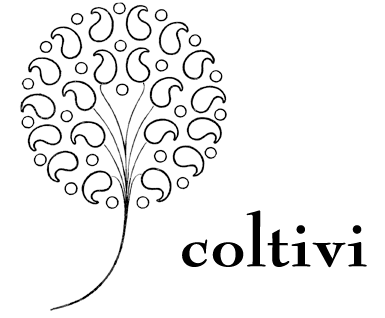 |
| Happy blueberry bush in our garden. |
Blueberries are about as quintessentially “Jersey” as the Turnpike and the Sopranos. When it comes to growing them, the southern part of the state is the perfect environment with its distinctively acidic soil thanks to all those pine needles. While most fruit plants enjoy soil that is neutral to slightly acidic, blueberry bushes prefer to plant their feet in well-drained sandy loam, rich in organic material, with a pH range of about 4-5. This habitat abounds in the evergreen forests of Atlantic, Burlington, and Ocean counties, but not so much in western Morris county. A certain amount of backbreaking toil is required--music to my ears!
At first glance, it’s tempting to lump blueberries in with members of the bramble family (raspberries, blackberries, etc.), mostly because of the similar ways we use the berries. I mean, how hard can they be to grow? Wild raspberries grow like weeds around here, and even the cultivated varieties thrive in less-than-ideal conditions. But the highbush blueberry plant, a member of the heath family, differs in many ways from your garden-variety bramble. In addition to the acidic soil requirements, blueberries grow as individual bushes and take longer to establish than raspberries. That said, once established, blueberry plants can produce for decades, and wild version are every bit as successful as their wineberry counterparts given the right conditions. And that’s the key with blueberries: getting the conditions right.
My first blueberry experiment began 2 years ago with about 8 plants and a new garden space. I read up on planting techniques and made a plan. The biggest challenge was to get the soil pH down from neutral to below 5 if possible. A lot of sources recommend using peat moss and sulfur, so I merrily dug 8 holes in hard-pack, rocky clay and filled them with with some sphagnum moss, sulfur granules, and some native “soil” for good measure. I planted each seedling, watered them once or twice, then dutifully ignored them for the next 24 months; three or four survived but never showed much growth, and the others called it quits altogether. They turned into casualties of an over-ambitious start to an overwhelming new garden. I’m sure it won’t be the last horticultural atrocity I commit.
Flash-forward to Plan B. My latest scheme is influenced an orchardist friend who has actual experience growing blueberries just a few miles from my house. The first step I took was to spread some sulfur, peat moss, and pine needles over the planting area last fall. The idea here is to try to slowly--not instantly--lower the pH of the entire area. Then, instead of digging individual holes for each plant, I excavated a 35’ long trench to a depth of about 12” and filled it with peat moss, sand, some native soil, and a little compost. Importantly, NO sulfur went into the hole. Sulfur is apparently a very slow-acting agent that can take years to activate, and it does not belong in intimate contact with plant roots. Next, I planted the blueberries and dumped lots of compost on top of the filled-in trench and around each plant. I mulched the entire planting area with cardboard [Kate: This lends our garden a delightful hobo je ne sais quoi."] and then dumped straw on top for weed control. The finishing touch is a mound around each blueberry plant made of pine needles and forest litter I dug up from our yard. I’ve even managed to water each plant deeply twice during this hellacious drought we’ve had.
For “fun,” I dug up the surviving stragglers of Blueberries v1.0 and planted them at the end of the new row. I could be imagining things, but I feel like these three old veterans have already perked up noticeably this year at bud-break. Perhaps they’ve been biding their time, waiting to explode with fecundity when conditions turned favorable. Or perhaps I’m delusional and simply enjoy using disgusting adjectives. Only time will tell.






